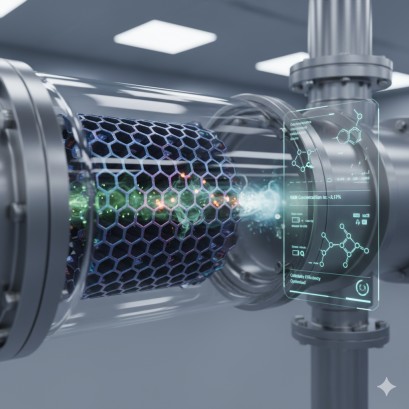
The Invisible Architects: How Catalysts Efficiently Destroy Low-Concentration VAM
Sept 23, 2025
5 min read
VAM
The Invisible Architects: How Catalysts Efficiently Destroy Low-Concentration VAM
Learn about Direct Fired Chiller | See VAM Product Page | CCHP Systems | Pump SolutionsIn the case of VAM, the goal is to oxidize methane into less harmful carbon dioxide and water. This reaction occurs naturally, but at typical mine ventilation temperatures and low methane concentrations, it's incredibly slow. Without a catalyst, you'd need extremely high temperatures to achieve significant methane destruction, which is economically and practically unfeasible for large volumes of VAM.
- Adsorption is crucial because it brings the reactants into close proximity and often weakens the bonds within the methane molecule, making it more reactive.
- Reaction is the catalyst's unique electronic and structural properties facilitate the transfer of electrons and the breaking and forming of chemical bonds, leading to the oxidation of methane.
- Desorption refers to the reaction products which then gets detach from the catalyst surface, freeing up active sites for new methane and oxygen molecules to adsorb and react.
As we strive for a more sustainable future, catalysts will continue to be the unsung heroes in the fight against climate change, proving that even the most dilute environmental challenges can be tackled with ingenuity and the right chemical "architects."
